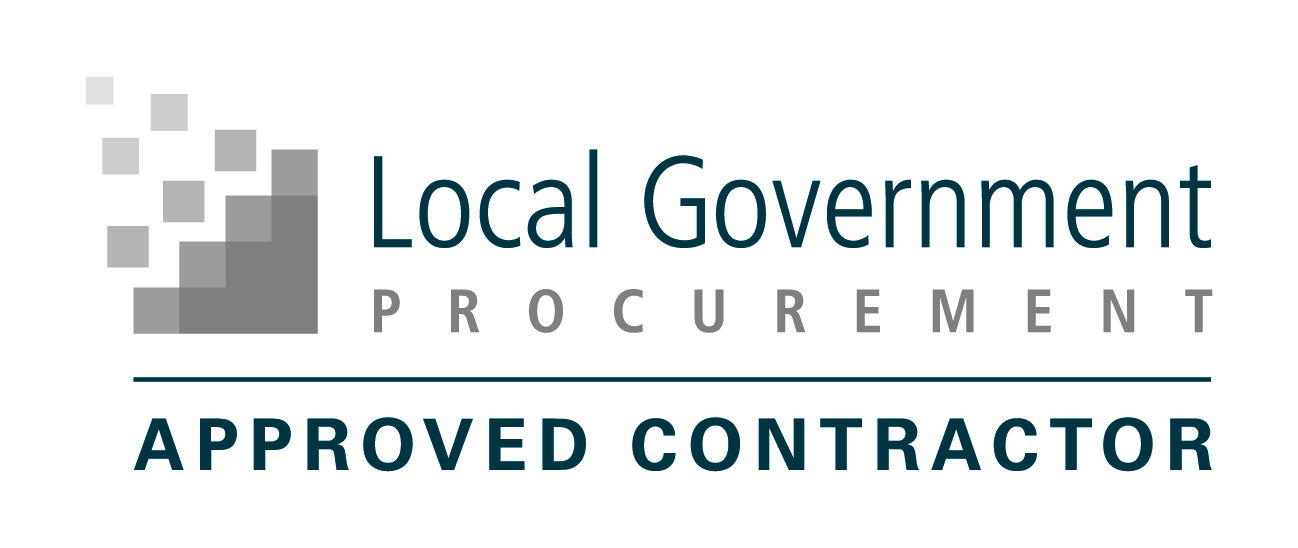website optimisation tips to win more business online
Your company website. It’s your online shop window and often the first touchpoint many prospects will have with your brand. Your team work hard to drive success – is your website living up to the same standards?
In a marketplace that’s increasingly competitive, digital and time-poor, an online sales tool working around-the-clock to help win more business is a valuable resource.
To make sure your site hits the mark, here are 5 best-practice website optimisation tips;
1/ Does your website offer a great experience on mobile and tablet devices?
Almost 2/3 of all time spent online is now on mobile devices*, so if you’ve still got a site from the early noughties, chances are your website will be hard to use for a large amount of prospects. Responsive web design ensures your site layout adapts for smaller screens so content is easy to read, click-on and engage with. Take a critical look at your site on a smaller device – is it as easy to use as on computer?
2/ Does your website load all content and images within a few seconds?
It’s something most of us have experienced – you click a link and… nothing. Speed plays a key role in retaining users, as well as Search Engine Optimisation (SEO). On average, 53% of mobile users will leave your website if it takes longer than 3 seconds to load^ – that’s a huge chunk of visitors that wouldn’t give your site a considered chance simply because of the speed. A well-built, optimised site is key to make sure you don’t lose your prospect’s attention before they’ve even looked at your proposition.
3 / Is the design of your website high-quality and on-brand?
59% of people prefer a beautifully designed website^? To drive success and maintain an engage audience, your website needs to be well designed & offer quality content to grab your prospects’ attention and reel them in. Ask colleagues, friends or loyal customers to give honest feedback – do they think the design & layout reflects the quality of your services?
4/ Is your website easy-to-use, especially by your target market?
Although ease-of-use is subjective, it’s always best to stick to best practice standards and create intuitive user experiences that engage your target market. There’s plenty of tools that take the guesswork out of user experience, such as Google Analytics, which give you detailed data to help analyse exactly how users are interacting with your site. Set goals, create funnels and identify if there’s anywhere people are dropping off – acting on opportunities for improvement.
5/ Is it really easy to get in touch with you and find relevant contact information?
Over half of people think easy access to contact information is often missing from company websites*, in fact, 44% of people will leave if they cannot find any contact information^. Make sure your site isn’t one of them by offering multiple ways to get in touch and be clear which phone number, email address or contact form will reach the right person. Keep the tone friendly, and, if appropriate, include individual contacts for staff. Always make sure contact information is easy to find and always up to date!
Once you’ve got your site ticking off all the above, there’s a heap of optimisation tactics, testing options and online marketing strategies that can help drive more traffic to your site and more people through the funnel when they arrive.
If you’re looking for ways to drive more online business, or need a little help bringing your site up to scratch, our team of technical, creative and marketing experts can help – just get in touch today.
This post was originally published in August 2017 & updated to reflect recent data, references & practices in website optimisation.

